Role Of The Great Lakes In The Economy Of US And Canada
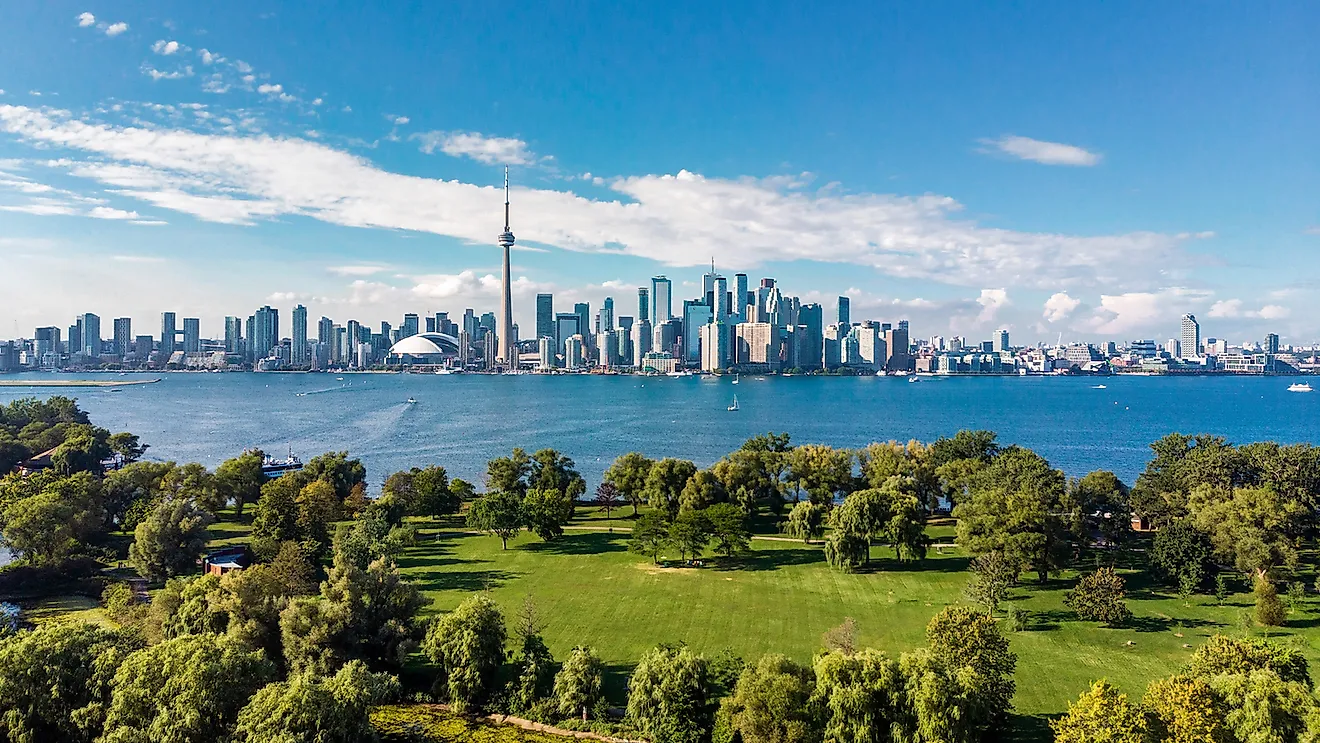
- For thousands of years, the Great Lakes have been a major food source in the form of fish. The various depths and temperatures are ideal for numerous species of fish to thrive.
- The Great Lakes Region is home to over 30 million people who rely on that water source for the daily drinking water as well as numerous other activities.
- The North American Great Lakes rank among the 14 largest lakes in the world, and offer almost limitless water-based activities.
The five major lakes of the Great Lakes Basin, Superior, Michigan, Huron, Erie and Ontario, are among the 14 largest lakes in the world and stretch over 750 miles across. Making up 84% of the surface fresh water in North America and 20% of the world’s surface water supply, these massive inland, fresh water seas play an integral role in shaping the physical, social and economic landscape of US and Canada. Read on to discover how these Great Lakes influence the economy of these countries.
10. Fishing
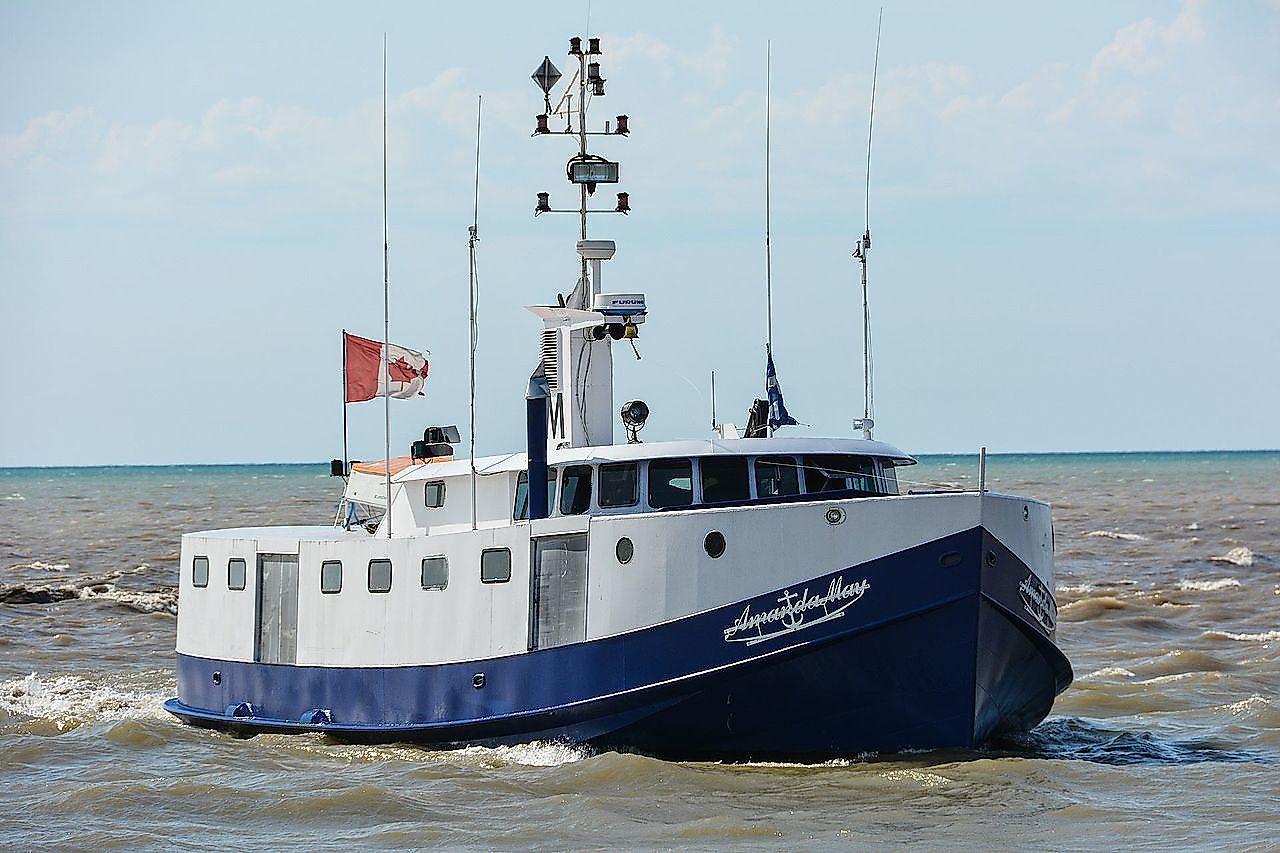
For thousands of years the Great Lakes have been a major food source. The various depths and temperatures are ideal for numerous species including lake and rainbow trout, bass, northern pike, walleye pickerel, and whitefish as well as seasonal runs of chinook and coho salmon on the eastern lakes. While commercial fishing stocks have been on the decline,with some fisheries collapsing altogether, sports fishing is a favourite hobby in the area and has become a major tourist attraction.
9. Hydroelectric Power
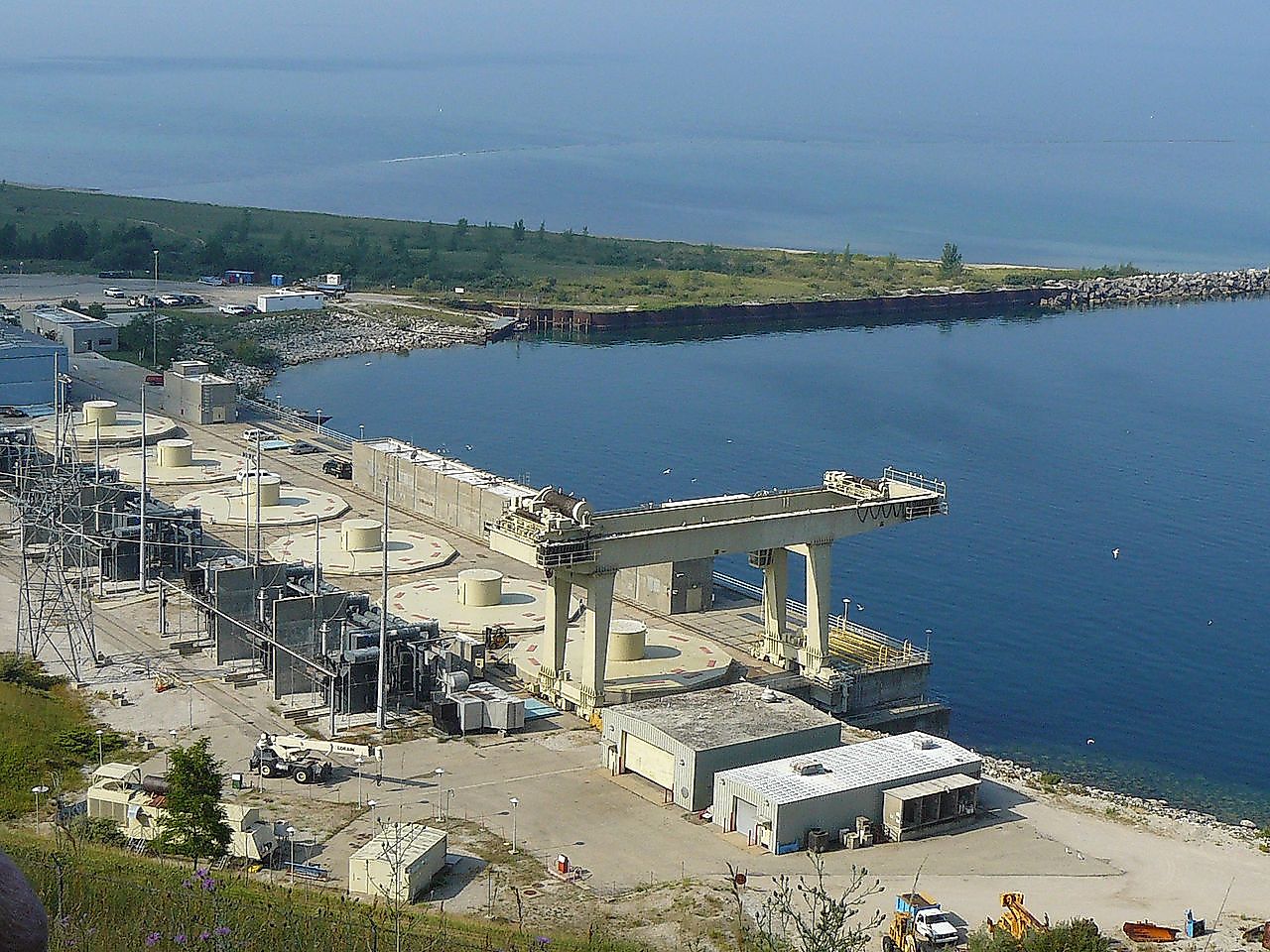
With such an abundant water supply it is unsurprising that one of the region’s major industries is hydroelectric power generation. While a completed hydro power plant has a minimal carbon footprint, the process of building either a damned river system or pumped storage facility is severely disruptive to the surrounding ecosystem, migratory fish and birds, and requires large swaths of land for construction.
8. Agriculture
The glaciers that created the Great Lakes region left in their wake a profuse water supply and fertile, rich soil ideal for crops, orchards, and animal farming. In the United States nearly half of the counties surrounding the Great Lakes are used for agriculture, while on the Canadian side 25% of all of that country’s farming is located within the Great Lakes basin, generating $9 billion in annual revenue. Popular crops on both sides of the border include fruits, vegetables, soy beans, corn, pork, beef, and dairy farming.
7. Timber
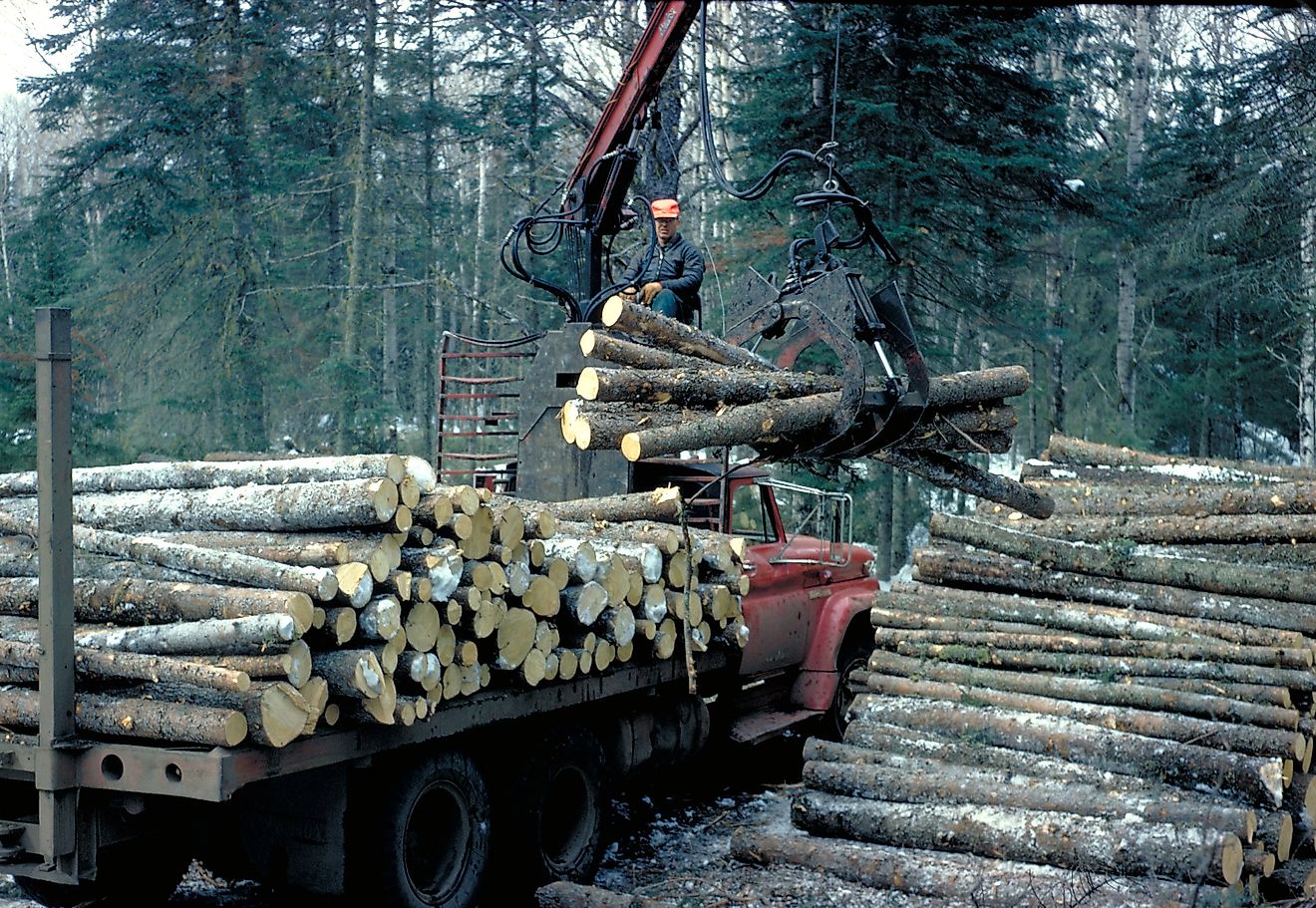
The region surrounding the Great Lakes was once a vast expanse of virgin pine and birch stretching for thousands of miles in every direction. By 1910, however, a great deal of the basin was felled as forests gave way to cities, the demand of the booming timber industry, and the introduction of harmful infestations of wood-eating insects. Today, forestry remains one of the biggest industries in the region, particularly on the Canadian side of the border where some of the strictest environmental regulations in the world ensure that generations to come will still be able to enjoy forest. Logging and the timber industry continue to be a major economic contributor to the area through forestry management, tree farms, and selective logging practices.
6. Pulp and Paper
Tied to the timber industry, the pulp and paper mills in the Great Lakes region convert woody plant materials into various forms of wood pulp, paper, and paperboards like cardboard. The industry rose in the region during the 1800s, as newsprint and publishing likewise began to rise, but the recent shift towards electronic media has resulted in a decline in production.
5. Recreation

The North American Great Lakes rank among the 14 largest lakes in the world, and offer almost limitless water-based activities. There are miles of sandy beaches that welcome day-trippers in the summer months for swimming, water-skiing, and powerboating. The famed artist collective The Group of Seven immortalized views from the lakes on their canoeing expeditions. Multiple marinas exist for sailing, recreational fishing, and watercraft. Real estate along the lakefronts is in high demand, while multiple parks offer hundreds of sites for summer hikes, picnics, and overnight camping, while the winter months offer a range of activities from cross-country and downhill skiing to ice fishing, skating and snowshoeing.
4. Water Supply
Nearly 20% of the world’s fresh surface water is located within the Great Lakes basin, much of it within the five largest water bodies that make up the lakes Erie, Huron, Superior, Michigan, and Ontario. The area is home to over 30 million people who rely on that water source for the daily drinking water as well as numerous other activities. The freshwater of these lakes isn’t just available in the faucet, however. Multiple bottling companies are located within the basin, pumping, bottling, and selling the water as privatized companies. Bottled water from the Great Lakes has become a contentious legal issue, with proponents for and against making their appeals to local, state, provincial and federal governments.
3. Urbanization
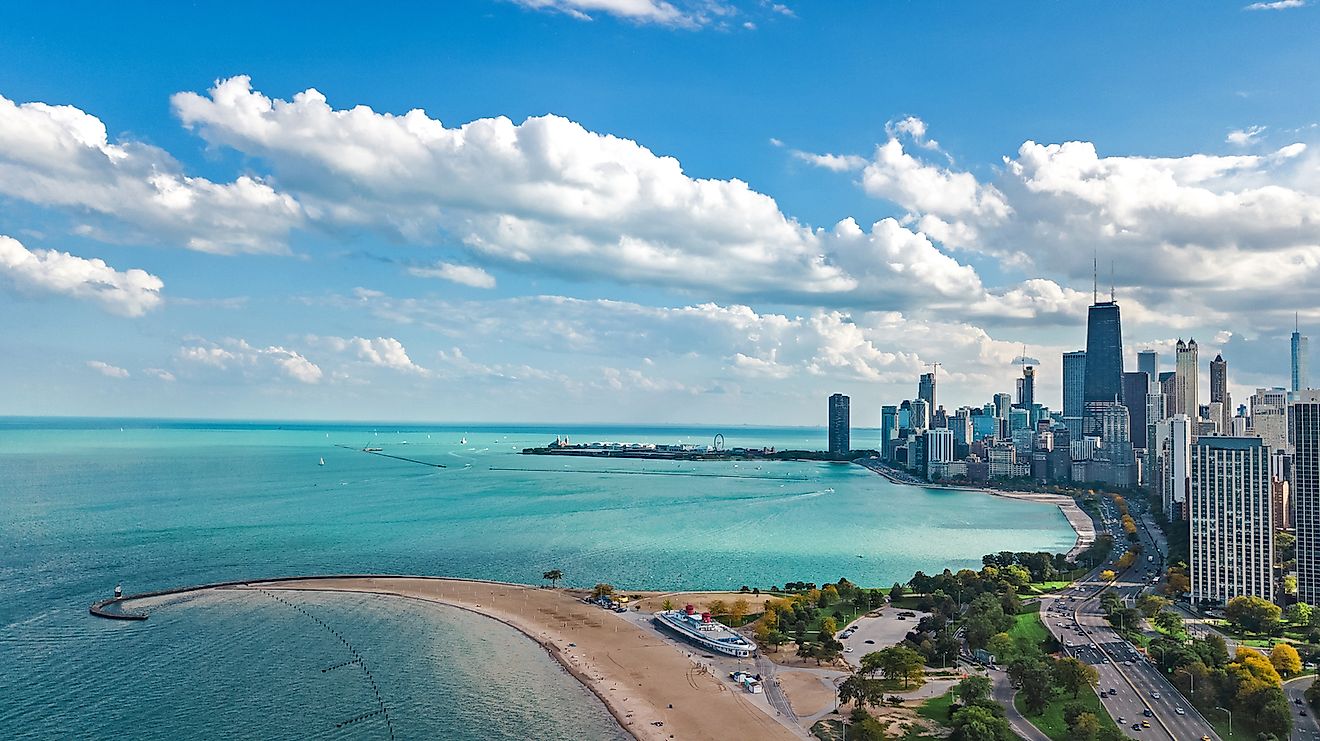
When earlier European explorers arrived in North America, the interconnected waterways of the Great Lakes region made it possible to travel huge distances. Soon these travellers were followed by settlers, towns, farms, and industries, and today the region is one of the most densely populated on the continent, dotted with metropolitan cities in a band stretching through the states of Wisconsin, Minnesota, Illinois, Indiana, Ohio, and Michigan as well as up into the the Canadian province of Ontario. Within this major urban center, industries vary from steel production and automobile factories to high tech and finance to academics, with millions throughout also employed in the service industry.
2. Mining
The same geological events that created the Great Lakes also caused large deposits of rich ores such as iron, gold, and copper, as well as coal, salt, and sand. Iron mining peaked in the 1950s, when 100 million net tons were produced annually. Today the eastern shore of Lake Michigan continues to be a major source of clean sand, while recent discovery of large chromite deposits, essential for smart phones and computers, has been discovered in the Lake Superior Region.
1. Shipping
Travel along the Great Lakes was a key factor in European exploration and colonization of the continent, as well as the industrial development of North America. While canal building began as early as 1783, today an intricate system of interconnected locks and channels known as the St Lawrence Seaway or the Great Lakes Waterway, create a water route from the Atlantic Ocean to the middle of the continent. This shipping highway stretches nearly 2300 miles, and is traveled by specially designed ships called lake carriers, known as lakers, built long and flat to navigate the water way. Some lakers are built up to 800 feet long, and together the shipping industry moves approximately 44 million tonnes of bulk cargo, including mining products, iron and steel, petroleum products, and agriculture.











